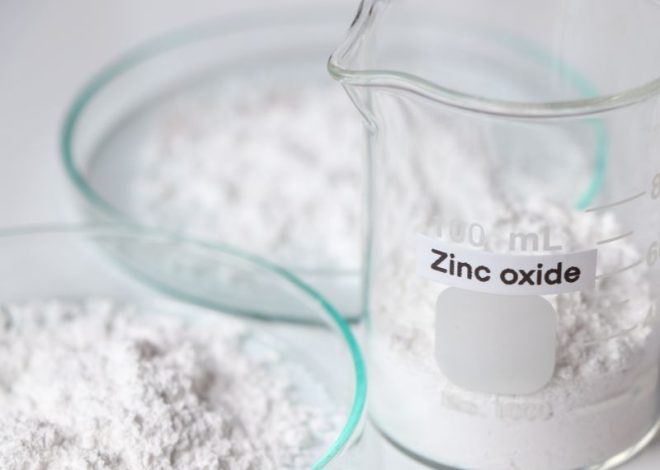
ZNO Applications in Energy, Electronics, and Cosmetics
Zinc Oxide, or ZnO, is a versatile compound known for its standout traits in both science and industry. Its popularity comes from features like UV protection, antibacterial effects, and impressive heat conduction. Thanks to these strengths, ZnO applications can be found on everything from solar panels to skincare and smart tech.
ZnO Applications in Important Aspects of Life
Zinc oxide is a white mineral compound with a powdery texture that is widely used in the cosmetics and skincare industry, particularly in sunscreen products. This ingredient is popular for its ability to protect the skin from ultraviolet (UV) exposure, making it a key active ingredient in physical sunscreens.
Zinc oxide has unique properties, such as being insoluble in water and stable to heat and light, making it effective in providing long-lasting protection. In addition to cosmetics, zinc oxide is often found in medical products such as ointments, creams, and lotions. Its functions include soothing irritation, protecting sensitive skin, and accelerating the healing of minor wounds and skin rashes.
Here’s how this versatile material is being used in energy, electronics, and cosmetics:
- ZnO in Energy
Zinc oxide nanostructures are essential in many energy technologies. Thanks to their wide band gap and strong exciton binding energy, they’re commonly used in solar panels, sensors, and energy converters. These particles also work as photocatalysts, helping produce hydrogen and clean up pollution. Because they respond to movement and temperature, ZnO materials can turn mechanical or thermal energy into electricity, making them useful in small power generators and smart sensors.
- ZnO in Electronics
Zinc oxide is a standout in electronics for its transparency, fast electron movement, and semiconducting nature. You’ll find it in devices like LED lights, thin-film transistors, and photodetectors. Different shapes like rods, wires, and sheets boost its performance and help make electronics smaller and more efficient. On top of that, its natural resistance to bacteria and fungi makes it great for coatings that keep devices clean and long-lasting. It’s also mixed into ceramics and paints to boost conductivity and performance.
- ZnO in Cosmetics
In skincare, zinc oxide is best known for its role in sunscreen. It blocks harmful UV rays while staying invisible on the skin, making it a go-to ingredient in sun protection. You’ll also find it in creams, ointments, and lotions where it helps treat wounds, calm inflammation, and support healing. Its gentle, skin-safe nature makes it ideal for everyday cosmetic use. Its antimicrobial benefits also help keep products fresh and skin healthy.
Other Usage
ZnO nanoparticles are added to rubber during processing to speed up vulcanization and guard against heat and fungi. In medicine, they’re being explored for wound healing, targeted drug delivery, and even fighting cancer. Still, their possible health risks need more research to ensure safe, long-term use in all areas.
From powering up new tech to transforming beauty routines, ZnO keeps proving how incredibly useful it is. As studies continue, we’ll likely see it appear in even cooler ways.
What makes ZnO applications special is how it balances high performance with eco-friendly benefits. Whether it’s helping your gadgets stay charged or protecting your skin from the sun, this silent hero is making everyday life smarter, cleaner, and healthier.

